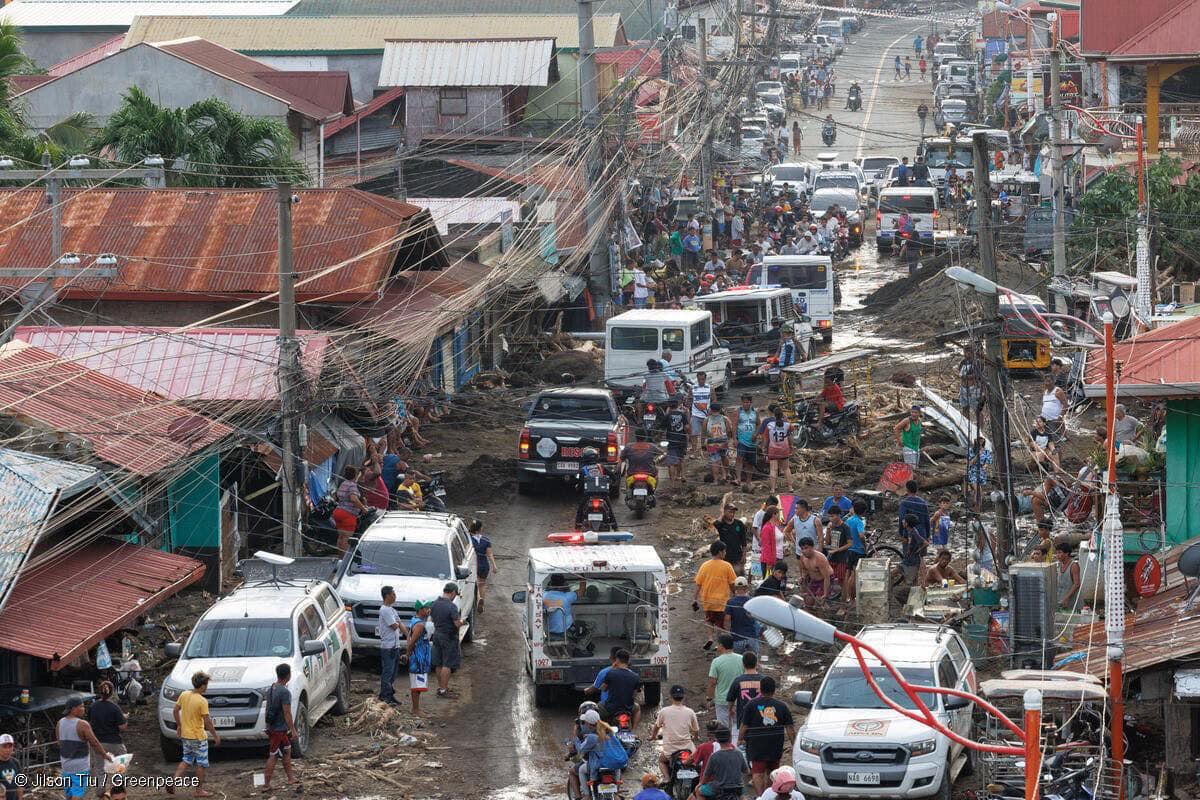 THE Philippines is among the countries projected to see likely increases in extreme poverty due to the impact of the coronavirus pandemic, according to American research group Brookings.
THE Philippines is among the countries projected to see likely increases in extreme poverty due to the impact of the coronavirus pandemic, according to American research group Brookings.
In an article studying the impact of COVID-19 on global extreme poverty, Brookings compared the changes in poverty before and during the pandemic, noting that a total of 650 million people were thought to be in extreme poverty in 2019.
It found that poverty in the country this year could rise by 120 million individuals.
Before COVID-19, over 621 million people were estimated to live in extreme poverty.
However, due to the pandemic’s impact on economic growth, the projection was raised to almost 767 million people.
“Compared to the baseline path for poverty, the 2020 figure is 144 million people higher. Some of this will be offset as economies start to recover in 2021, but the longer-term scenario suggests that half of the rise in poverty could be permanent. By 2030, the poverty numbers could still be higher than the baseline by 60 million people,” said Brookings.
The U.S.-based think tank also listed the top 10 countries where extreme poverty is likely to rise the most in 2020, with India ranking as the country that will see the biggest increase with 140 million people.
“Far and away the biggest impact is likely to be felt in India. India is a particular case in having a large number of highly vulnerable people, only recently escaped from poverty, coupled with a very significant expected fall in economic growth,” Brookings noted.
“India’s per capita growth rate for 2020 has been revised downwards to about -11 percent this year, one of the deepest recessions in the world. This has sharply altered its poverty trajectory that had been trending downwards,” it added.
The Philippines, meanwhile, ranked sixth, with almost 10 million people.
Below is the complete list of ranking by Brookings:
1. India
2. Nigeria
3. Democratic Republic of the Congo
4. Bangladesh
5. Ethiopia
6. Philippines
7. Mali
8. Kenya
9. Venezuela
10. Burkina Faso
“COVID-19 is widely viewed as a temporary shock to economic growth, and indeed the experience of China, which has had a sharp V-shaped recession and recovery, shows this could be the case,” Brookings said.
“For the majority of countries, however, the economic damage could be more long-lasting, and this is the real risk to families that have been pushed below the poverty line,” it added.
Brookings’ calculations were based on the International Monetary Fund’s World Economic Outlook October as well as the World Bank’s Povcal data.






